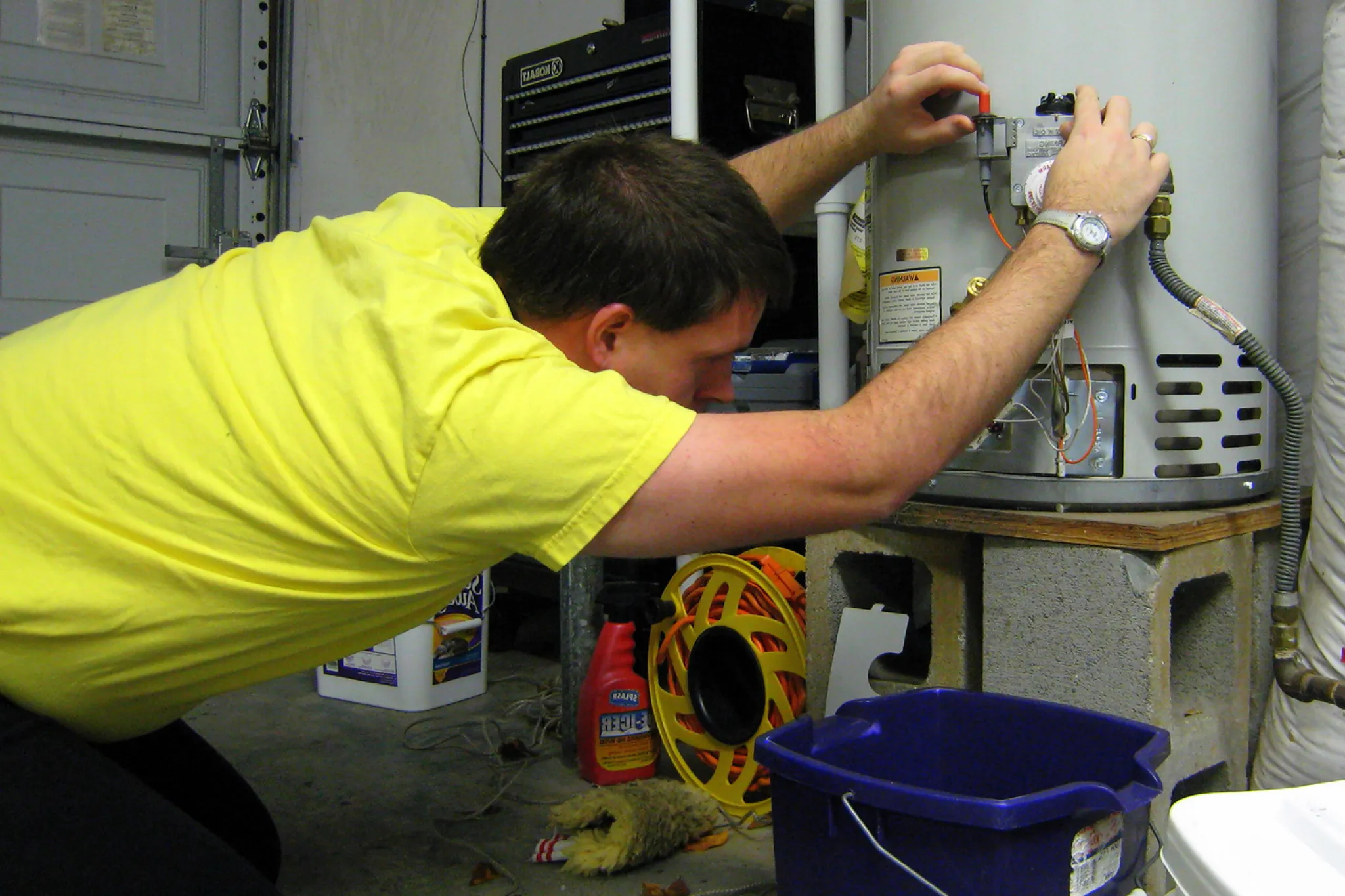Straightforward Methods to Maintain Your Home's Hot Water System Effectively
Straightforward Methods to Maintain Your Home's Hot Water System Effectively
Blog Article
Just how do you really feel on the subject of Tips on Maintaining a Water Heater?

Hot water is necessary for daily convenience, whether it's for a refreshing shower or washing recipes. To ensure your warm water system runs efficiently and lasts longer, normal upkeep is essential. This short article gives useful ideas and insights on exactly how to keep your home's hot water system to prevent disturbances and costly repair services.
Intro
Maintaining your home's hot water system could seem difficult, yet with a few easy actions, you can ensure it operates efficiently for several years to come. This guide covers every little thing from recognizing your warm water system to DIY maintenance ideas and recognizing when to hire expert aid.
Relevance of Maintaining Your Hot Water System
Routine upkeep not just extends the life-span of your hot water system but likewise guarantees it runs successfully. Neglecting maintenance can result in reduced performance, greater power costs, and even premature failure of the system.
Indications Your Hot Water System Needs Maintenance
Understanding when your warm water system requires focus can protect against significant concerns. Look out for signs such as inconsistent water temperature, unusual noises from the heating unit, or rustic water.
Flushing the Water Heater
Flushing your water heater eliminates sediment accumulation, enhancing effectiveness and extending its life.
Monitoring and Replacing Anode Rods
Anode rods avoid rust inside the tank. Inspecting and replacing them when worn out is crucial.
Complex Concerns Needing Expert Assistance
Examples include significant leakages, electrical issues, or if your water heater is consistently underperforming.
Regular Expert Maintenance Conveniences
Professional maintenance can include comprehensive evaluations, tune-ups, and making sure conformity with security requirements.
Examining and Adjusting Temperature Setups
Changing the temperature settings ensures optimum efficiency and security.
DIY Tips for Upkeep
You can do a number of maintenance jobs on your own to keep your hot water system in leading condition.
Checking for Leakages
Frequently check pipes and links for leaks, as these can bring about water damage and greater bills.
Recognizing Your Hot Water System
Prior to diving into upkeep tasks, it's handy to comprehend the standard elements of your warm water system. Generally, this consists of the water heater itself, pipelines, anode rods, and temperature controls.
Month-to-month Maintenance Tasks
Normal monthly checks can assist catch small concerns before they rise.
Testing Stress Alleviation Valves
Evaluating the stress relief valve ensures it operates appropriately and avoids extreme stress buildup.
Shielding Pipes
Protecting warm water pipelines decreases warm loss and can conserve energy.
When to Call an Expert
While do it yourself maintenance is useful, some problems call for professional competence.
Final thought
Normal maintenance of your home's warm water system is important for effectiveness, long life, and cost financial savings. By following these ideas and knowing when to seek specialist help, you can make sure a reliable supply of warm water without unanticipated disruptions.
Water Heater Maintenance Tips
Test the TPR Valve
Shut off the power and the cold-water supply valve. Place a bucket under the pipe connected to the temperature-pressure-release (TPR) valve on the top or side of the tank. (This valve opens if the tank pressure gets too high.) Lift the valve’s tab to let some water out, then let go. If water keeps flowing, drain the tank partway, unscrew the old valve with a pipe wrench, and install a new one. Check the Anode Rod
Put a hose to the tank’s drain cock and let out a few gallons of water. Now fit a 1 1/16-inch socket onto the rod’s hex head on top of the heater (or under its top plate) and unscrew the rod. If it’s less than ½ inch thick or coated with calcium, buy a new one, wrap its threads with Teflon tape, put it back in the tank, and tighten securely. Use this segmented rod if headroom above the tank is limited. Drain the Tank and Wash Out Sediment
Drain the remaining water in the tank into the bucket, then stir up the sediment on the tank’s bottom by briefly opening the cold-water supply valve. Drain and repeat until clean water comes out of the hose. Close the drain cock, refill the tank, and turn its power back on. Adjust the Temperature
Find the temperature dial on the side of the tank and unscrew its cover. Adjust the dial to 120 degrees using a flathead screwdriver. For every 10 degrees the temperature is lowered, you can expect to save up to 5 percent in energy costs. Turn the water heater off or the thermostat down to its lowest setting if you plan to be away from home for more than three days. Insulate the Pipes
Buy some self-sticking 3/8-inch-thick foam pipe insulation that matches the pipes’ diameter. Slide the foam over the hot-and cold-water pipes as far as you can reach. Insulating the cold-water pipe prevents condensation in summer. Peel the tape and squeeze the insulation closed. If the pipe is 6 inches or less from the flue, cover it with 1-inch-thick unfaced fiberglass pipe wrap. https://www.thisoldhouse.com/plumbing/21016402/how-to-maintain-a-water-heater

As an avid reader on Tips on Maintaining a Water Heater, I thought sharing that topic was sensible. Are you aware of someone else who is serious about the topic? Be sure share it. Thanks a lot for your time. Please pay a visit to our blog back soon.
Call Today Report this page